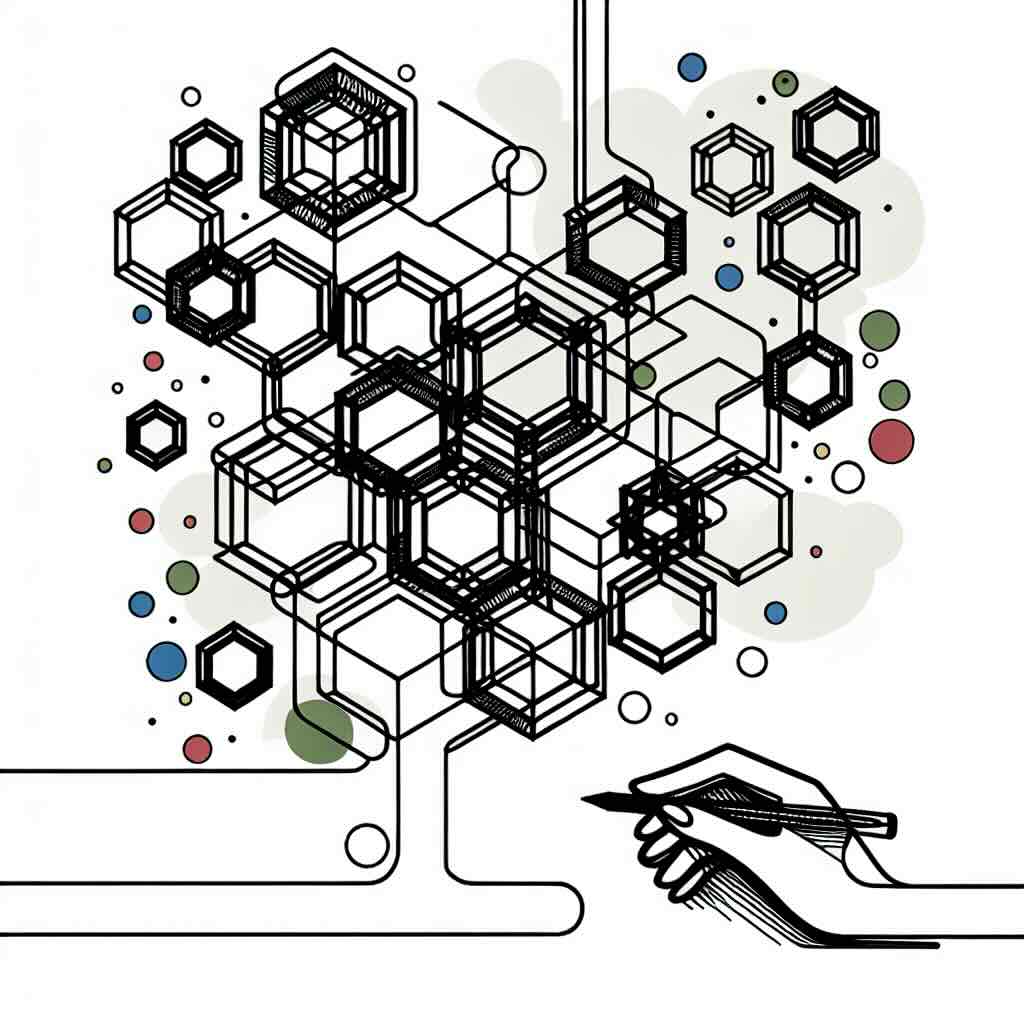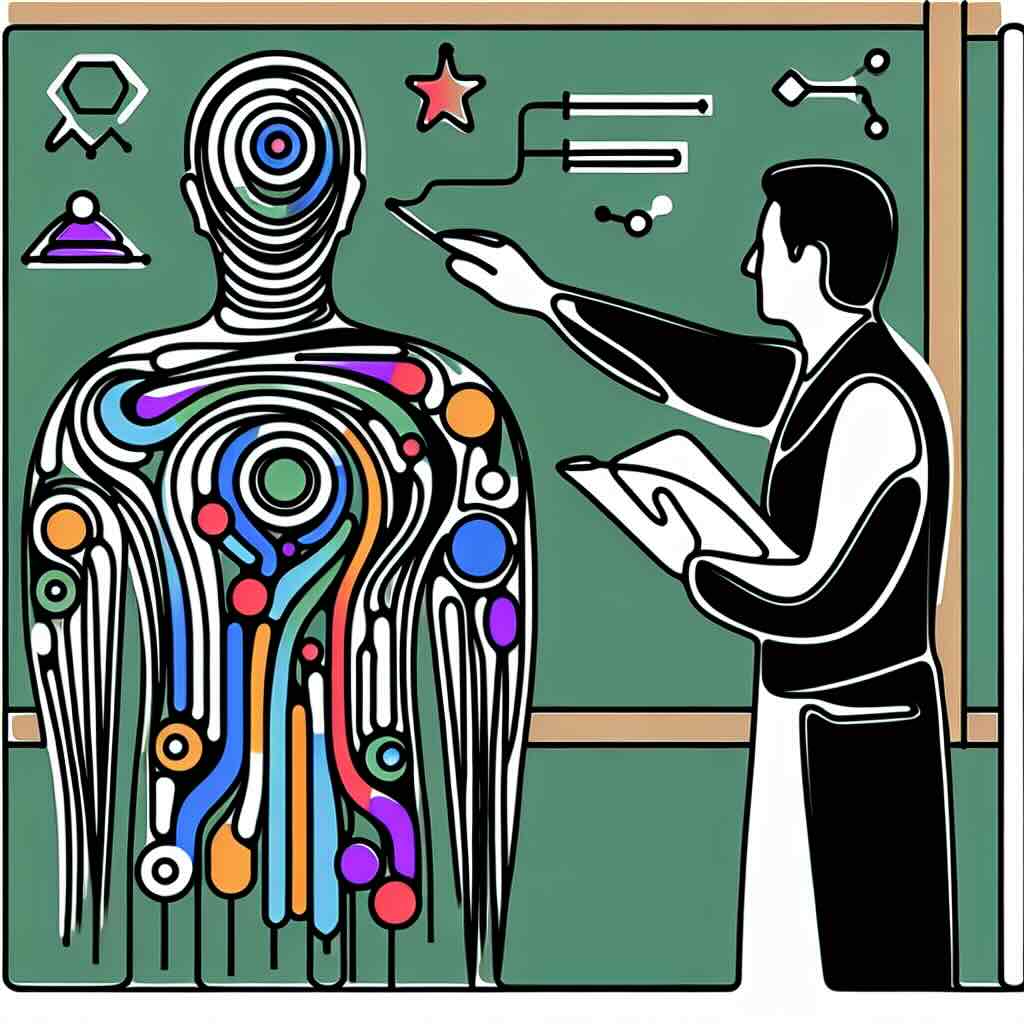Modular learning design focuses on creating reusable elements (such as pedagogies, activities, content, assessments, media, and layouts) that can be applied across multiple courses. Done well, this approach delivers efficiency, consistency, and higher value for both learners and educators. Familiar elements create flow and reduce friction, while reusable assets speed up production and simplify quality control. However, overuse without variety, lack of updates, and poor initial setup can lead to stale or outdated learning. By identifying and curating reusable elements, you can start each new design with a solid foundation and achieve more with less effort, without sacrificing learner experience.
Table of Contents
- Introduction: Why modular learning design matters
- What can be reused across different designs
- Why modular design improves the learning experience
- Why repetition can be a benefit, not a limitation
- Types of reusable learning design elements
5.1 Pedagogies
5.2 Individual and combinations of learning activities
5.3 Content
5.4 Assessments and evaluations
5.5 Media
5.6 Interactive elements
5.7 Layouts and themes - Patterns of modularity
- Benefits of modular learning design
- Risks of modular learning design
- Start small with reusable learning objects
- One thing you can try today
- Conclusion
Introduction
Modular learning design is all about creating reusable elements within your designs that can slot neatly into other designs. These designs are intentionally built to accommodate a modular approach, so each part can be used over and over again without creating fatigue for learners or educators. Done well, it improves efficiency, builds familiarity, and still allows for rich, engaging, and tailored learning experiences.
What can be reused across designs
When you think about reusability, it is not just about content. You can reuse pedagogies, single activities or combinations of activities, specific content items, assessments, media (images, videos, animations, data visualisations), interactive elements, and even layouts or themes in your learning platform. By making these intentionally modular, you create a set of high-value assets that can be used repeatedly while still delivering fresh experiences.
Why modular design improves the learning experience
A modular approach gives you building blocks that speed up design while improving quality. It removes the inefficiency of reinventing the wheel each time and ensures learners benefit from a level of consistency. Familiar elements reduce unwanted friction, helping learners focus on the content and outcomes rather than figuring out how to navigate or engage with the learning.
Why repetition can be a benefit, not a limitation
When the same learner encounters reusable elements across different courses, it is not a weakness. Familiarity builds confidence and helps create a natural flow. Instead of feeling repetitive, it allows learners to settle quickly into the learning process, making the experience smoother and more efficient.
Types of reusable learning design
1. Pedagogies and learning strategies
Avoid using wildly different pedagogies / learning strategies just for variety’s sake. Approaches such as reflection discussions, knowledge-check quizzes, or practice-based activities are even more powerful when they repeated. They build rhythm and pace, allowing the challenge to come from the subject matter, not the format. For educators and designers, this also creates a manageable “menu” of approaches rather than a scattered mix of techniques.
2. Individual and combinations of activities
Creating a consistent set of activities is powerful. For example, using a “case study + personal reflection” once is useful. Returning to an evolving case study and deepening the reflection over time is even more impactful. The structure can be reused, with only the content and prompts changing and evolving over the duration of the learning experience.
3. Content
Some content can appear in multiple places without any loss in impact. When topics overlap across courses, avoid creating bespoke content each time. Map courses at a high level to identify overlaps early, and design with intentional reuse in mind.
4. Assessments and evaluations
If assessment formats constantly change, learners spend more time adjusting to the style than focusing on the content. Reusable assessment formats, such as peer reviews, personal reflections, or short-answer matching, can be applied across multiple contexts. Question banks are another option, although they require more initial investment.
5. Media
Rich media such as images, videos, animations, and data visualisations can be designed with reuse in mind. Avoid embedding text or dates directly into visuals that limit future use. Think of stock media when used correctly - they are not inauthentic, but versatile and providing value across many contexts without any further investment required.
6. Interactive elements
Simulations, games, and bespoke exercises are often resource-heavy to create. Designing them for portability and flexibility increases their lifespan and value. A well-built interactive element can be reused across multiple projects, especially if others on your team can also adapt and maintain it.
7. Layouts and themes
Standardising layouts, navigation systems, and themes in your LMS or LXP improves familiarity and reduces variability in quality. A reusable, modular layout provides learners with a consistent baseline experience and makes course creation more efficient.
Patterns of modularity
All these examples share the same principle: you can design for reuse while still delivering tailored learning. Modular design speeds up the process by your creation of a “starter kit” of elements that any team member can then 'drop' into projects. Instead of starting from a blank page, they begin with structured placeholders that can be customised for the current learning experience.
Benefits of modular learning design
- Efficiency in design and production – You spend less time reinventing common elements and more time focusing on what is unique to each project.
- Consistency for learners – Familiar formats and structures reduce friction, so learners can focus on the subject matter rather than the mechanics of the learning.
- Faster onboarding for educators – New team members can quickly get up to speed with familiar elements and templates.
- Better long-term value – High-quality reusable assets deliver a return across multiple projects.
- Easier quality control – Standardised, reusable elements are simpler to check and refine over time.
Risks of modular learning design
- Over-reliance on the same elements – If you repeat too much without variation, you risk creating a predictable or stale experience.
- Neglecting updates – Reusable items can become outdated if they are not reviewed and refreshed regularly.
- Loss of tailoring – Over-modularising can strip out opportunities for bespoke experiences that specific contexts require.
- Initial setup investment – Building reusable elements can take time upfront before you start to see the efficiencies.
- False sense of efficiency – Just because something is reusable does not mean it is the best fit for every project. Careful selection is key.
Start small with reusable learning objects
You do not need to invest heavily upfront. Start by cherry-picking the elements that work best from your existing courses. Build your reusable catalogue gradually, using your past work to create efficiencies for the future.
One thing you can try today
Review a recently created learning experience and identify elements that could be reused in future projects. Imagine you had these elements ready before you started and ask where could they have been applied, and how would it have improved the process?
Conclusion
Modular learning design is not about making everything the same. It is about creating a toolkit of elements that can be adapted and reused to save time, improve consistency, and make the learning experience smoother for both learners and educators. Start small, build intentionally, and you will find that the more you reuse, the more value you create and the less you'll see a sacrifice of creativity or quality.







